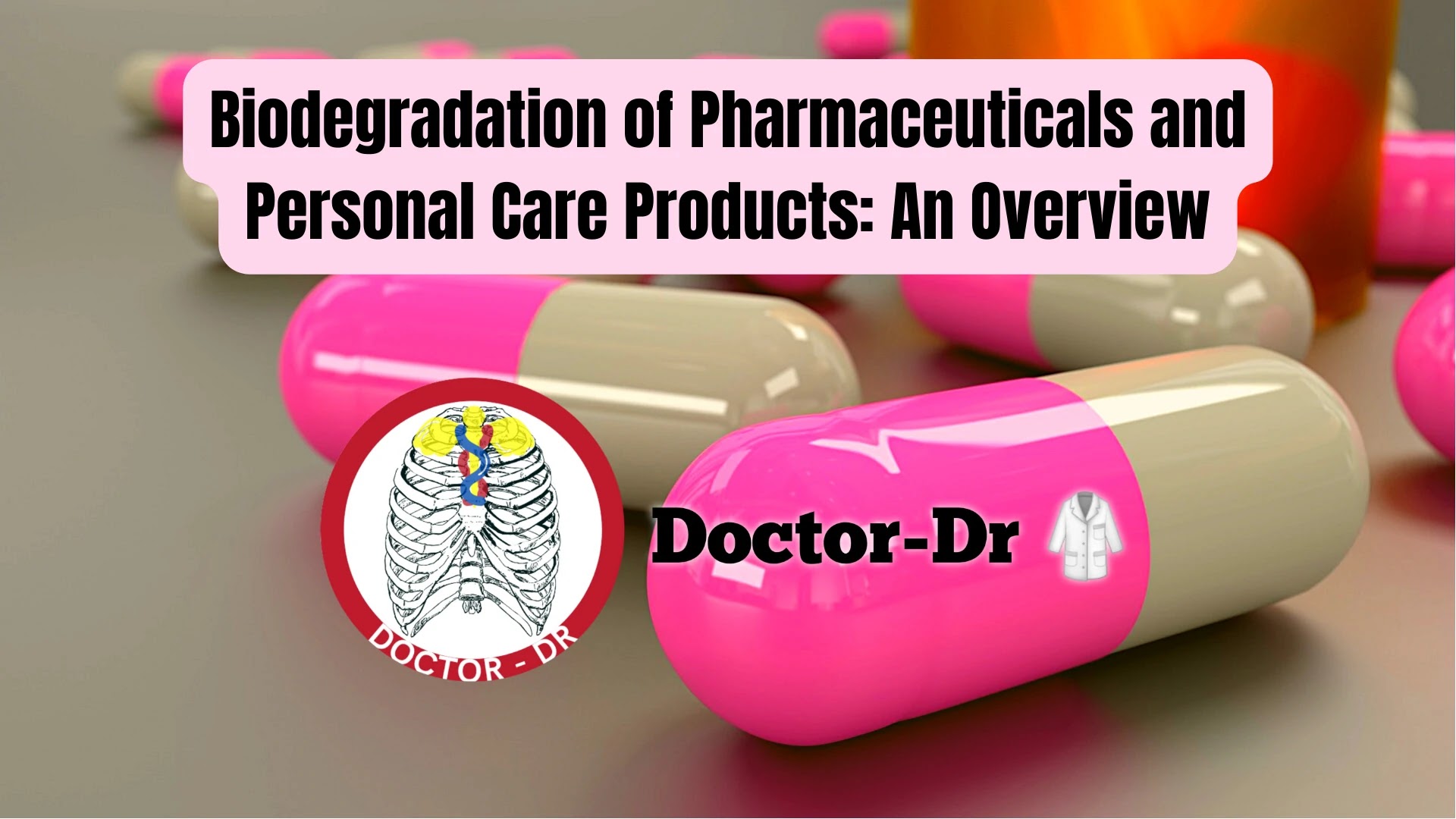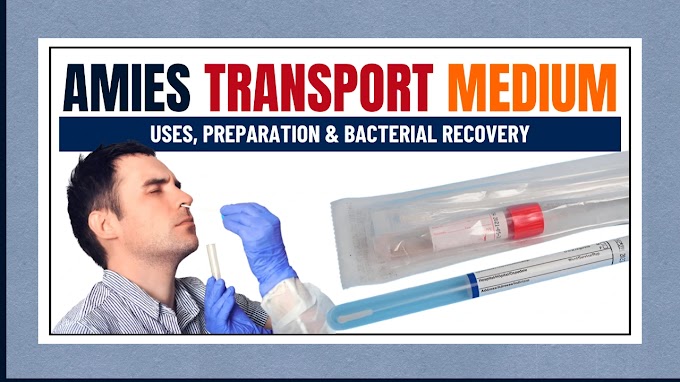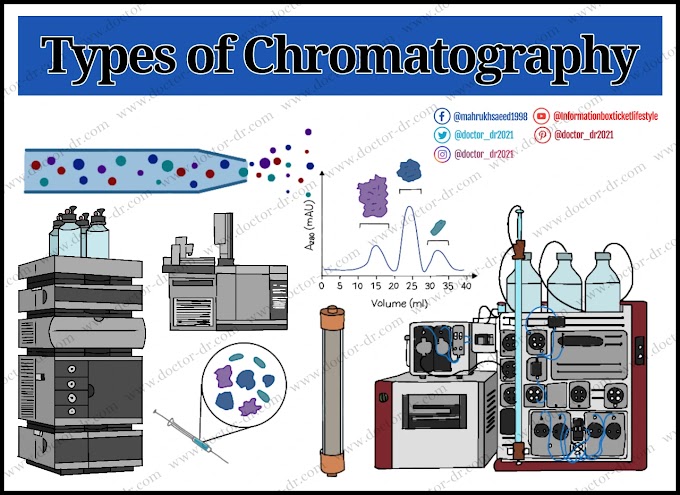Pharmaceuticals and personal care products (PPCPs) are a growing concern for environmental pollution. PPCPs are commonly used in daily life and can enter the environment through various routes, such as wastewater treatment plants, landfills, and agricultural runoff. PPCPs have been detected in various environmental compartments, including water, soil, and sediment, and they can have adverse effects on aquatic and terrestrial organisms. One of the methods to manage the environmental impact of PPCPs is biodegradation. In this blog post, we will discuss the biodegradation of PPCPs, its benefits, and challenges.
Biodegradation of Pharmaceuticals and Personal Care Products
The biodegradation of PPCPs involves the use of microorganisms to break down the chemicals into non-toxic forms. This process is called microbial biodegradation, and it is the process by which microorganisms metabolize and convert organic compounds into carbon dioxide, water, and biomass. The microorganisms used for biodegradation are typically bacteria, fungi, and algae that have the ability to metabolize and break down the PPCPs.
One of the examples of biodegradation of PPCPs is the degradation of antibiotics. Antibiotics are widely used in medicine, veterinary medicine, and agriculture. The biodegradation of antibiotics is performed by bacteria that can break down the antibiotics into less toxic compounds, such as carbon dioxide and water.
Another example of biodegradation of PPCPs is the degradation of personal care products. Personal care products, such as soaps, shampoos, and lotions, can be found in wastewater. The biodegradation of personal care products is performed by bacteria that can break down the personal care products into less toxic compounds.
Benefits of Biodegradation of Pharmaceuticals and Personal Care Products
The biodegradation of PPCPs has several benefits compared to other methods of waste management. First, it is a natural and environmentally friendly method that does not require the use of chemicals or other artificial means. Second, it can significantly reduce the concentration of PPCPs in the environment, reducing the risk of environmental and health hazards associated with these chemicals. Third, it can reduce the risk of long-term contamination of the environment and the potential health risks associated with the PPCPs.
Challenges of Biodegradation of Pharmaceuticals and Personal Care Products
Despite the benefits of biodegradation of PPCPs, there are also several challenges associated with this method. First, the effectiveness of biodegradation depends on several factors, such as the type of microorganisms, the concentration of PPCPs, and the environmental conditions. Second, the biodegradation process can produce toxic byproducts that may pose a risk to the environment and human health. Third, some PPCPs may be difficult to biodegrade, requiring longer periods of time and more complex bioremediation strategies.
Conclusion
In conclusion, the biodegradation of PPCPs is a natural and environmentally friendly method that can significantly reduce the risk of environmental and health hazards associated with these chemicals. Although there are challenges associated with this method, ongoing research and development can help to overcome these challenges and make biodegradation a viable option for PPCP waste management. With the increasing demand for sustainable waste management practices, biodegradation has the potential to become an essential tool in the fight against PPCP pollution.



~1.webp)

.webp)
.webp)
